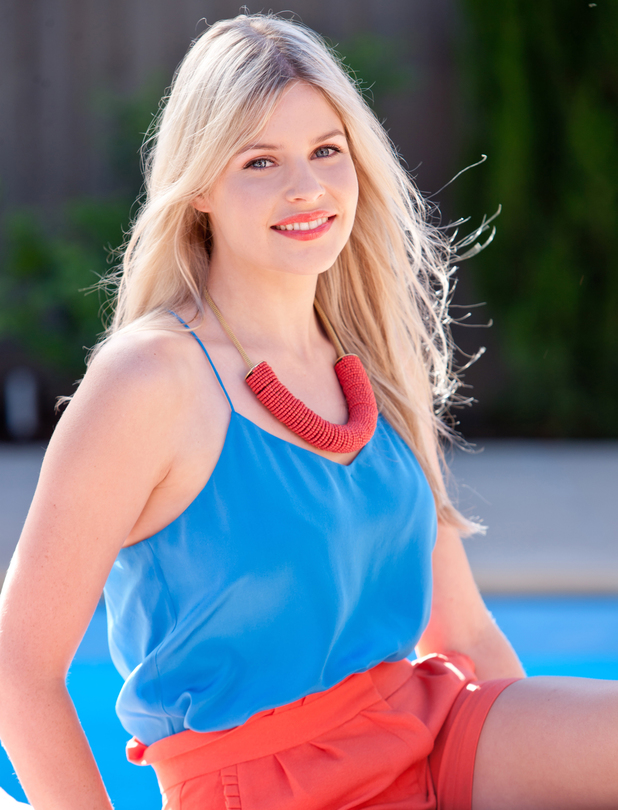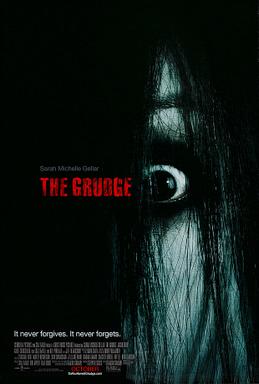10/09/13 lesson 1
Seven trailer - what made it a thriller?
- music, fast and intense, sudden noises which put audience in shock and make them more involved, pace speeds up
-guns
- repeat of the seven words, quickly flash on the screen, catch audiences attention
- metronome at start of trailer - intensifies, continue to hear ticking sound without seeing it (non diegetic) from hearing it with seeing it (diegetic)
- sense of something awful has happened, people have died, told about 7 deadly sins and that 2 deaths have taken place and there will be 5 more.
Title sequence:
- heart beating sound at start, speeds up
- photographs, attention to detail, slow movements (contrast with music)
- text looks as though scratched rather than type, white (purity - ironic, contrast with 'SEVEN DEADLY SINS') on black background
- short clips
- colours of red, black and white - darkness, evil, sinister, dark room (reduce likeliness of being caught), red = safe light, irony cause it is opposite of safety
- music doesn't match film clips
- lots of opening of books - notes?
- flickering of notes on and off screen
- hands of a surgeon?
- scissors - cutting, link to deaths?
- crossing out of someone's face - they have been killed? Eliminated?
- long dirty nails - digging?
- crackling, eery noises
- the book - word related to seven sins, scrap book, sews it together (surgical skill), made similarly like the bible - seven sins! See same image of book multiple times
Panning - go from one side of the scene to another
Semiotonics - the science of signs (Barthes 1964)
Denotation - eg: a rose = flower/garden plant
Connotation - what the rose represents e.g love, death, rugby, it is a personal frame of reference
Different forms of analysis:
- micro elements: mise en scene - clothes, hair/make-up, location, lighting, props
- sounds - music, dialect, effects
-editing
- camera angles, movement and composition
Macro elements: the narrative, representation, audience, genre. All of the micro elements work together to impact on these macro elements
Lesson 2
Taxi driver: Immediate intense music
Beat of the music, slow, orchestra music,
Close up of a face - jazz music came on, perception that he is relaxed and calm
Slow music and rain in window
Music livens up when he is looking at city, city is to be feared/ thats how he feels inside then slows again - two sides to the movie
Dramatic strong music, calm jazz music
Night time, cold, dark
Taxi is made to look huge and comes through smoke - intimidating
Bright orange, glowing font - headlights
His view is distorted
Falling down: heavy breathing at start, close up of a face, sweaty top lip, in a bad situation
Slow, high pitched music, on and off, intensifies with deep bass music
Screams of children - annoying
Traffic jam - people getting frustrated - presented in deep music
Music changes from high to low
Something bad will or has happened
He was trying to calm down, kid staring at him, Garfield grinning, children screaming, couple arguing
Looking at him then looking through his eyes
Day starts bad
He looks tense
Shutter island: dark room, rain
Red font
Loud, intense music, goes from quiet to loud
Snow, cold,
Prison cell
Flame and fire, represents emotion
Plush red chair- contrasts with prison cell
Guns
Island looked bleak
Gates look imposing, intimidating, keeping the madness in
Imprisonment
Gives imression you wouldn't want to be there
Image flickers - no clarity in picture
Spinning staircase - illusion, spiral of the situation
Vantage point: best line of sight (meaning)
Images overlap each other
Slow music, with banging background
Main font evolves out and becomes clear
Sniper laser sight within the text
Conflict - protest against USA and then a presidential car
Sherlock Holmes: fast intense music
Old fashioned paper, writing, drawings, old fashioned music - sets scene
Drawings of scenes - suspecting a scene? Originally a book
Fight scene - going to be aggressive
Stained images
Explosions
Pauses an action shot and turns it to drawing - lots of action scenes and fighting
Only speech is at start 'case reopened' - makes audience think about what is happening
Woman laying on stone table - struggling
Coffin carried by police men - murder? Link to woman on table?
Close up of a house - significance of this house?
Actors have stern look (e.g mark strong), serious attitude, something serious has happened or is happening
Music gets faster and tenser towards end of title sequence, explosions are also starting to be shown - more drama and action
Music suddenly stops at the end - suspen se and surprise within the film?
Colours if drawing are black, brown and red - dark, sinister, no colour
Casino royale: mentions of the casino, cards etc
Lots of killing
Combines killing and casino
You know my name" - everyone knows bonds name, Daniel Craig close up
Original bond start of film
Enemy in red - can tell difference between good and bad
Queen face changed to female face, romance in film, Bond girl
Card suits used as weapons - game of life and death, links with casino
Cartoon image of bond to fit with picture - big unveiling at end
Vertigo
Catch me if you can
Fight club
Casino royale
Summary: meaning of a title, art of the title and how it is broken down, what and how you see it









